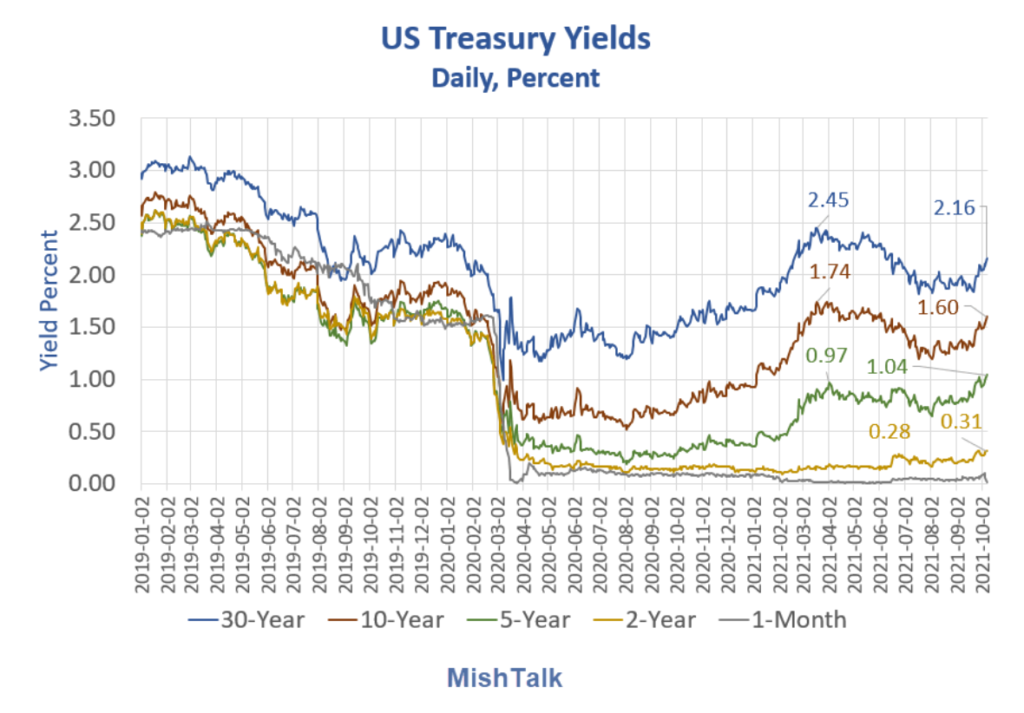Link: https://www.wsj.com/articles/a-made-in-washington-inflation-spike-11623362377?mod=opinion_lead_pos1
Excerpt:
The Labor Department’s consumer price index surged 5% year-over-year in May, the largest increase since August 2008 when oil was $140 a barrel. But don’t worry, Americans. The Federal Reserve says inflation is “transitory” and that it has the tools to control prices if they start to spiral out of control. Let us pray.
Nobody should be surprised that prices are increasing everywhere from the grocery store to the car dealership. Demand is soaring as the pandemic recedes while supply constraints linger, especially in labor and transportation. As always, this is a price shock largely made by government. Congress has shovelled out trillions of dollars in transfer payments over the past year, and the Fed has rates at zero while the economy may be growing at a 10% annual rate.
The personal savings rate in April was 14.9%, double what it was before the pandemic. Record low mortgage interest rates have enabled homeowners to lower their monthly payments to burn more cash on other things. Congress’s $300 unemployment bonus and other welfare payments for not working have contributed to an enormous worker shortage, which is magnifying supply shortages.
All of this is showing up in higher prices. Over the last 12 months, core inflation excluding food and energy is up 3.8% and much more for used cars (29.7%), airline fares (24.1%), jewelry (14.7%), bikes (10.1%) and footwear (7.1%). Commodity prices from oil to copper to lumber have surged. Higher lumber prices are adding $36,000 to the price of a new home.
Author(s): Editorial Board
Publication Date: 10 June 2021
Publication Site: WSJ


